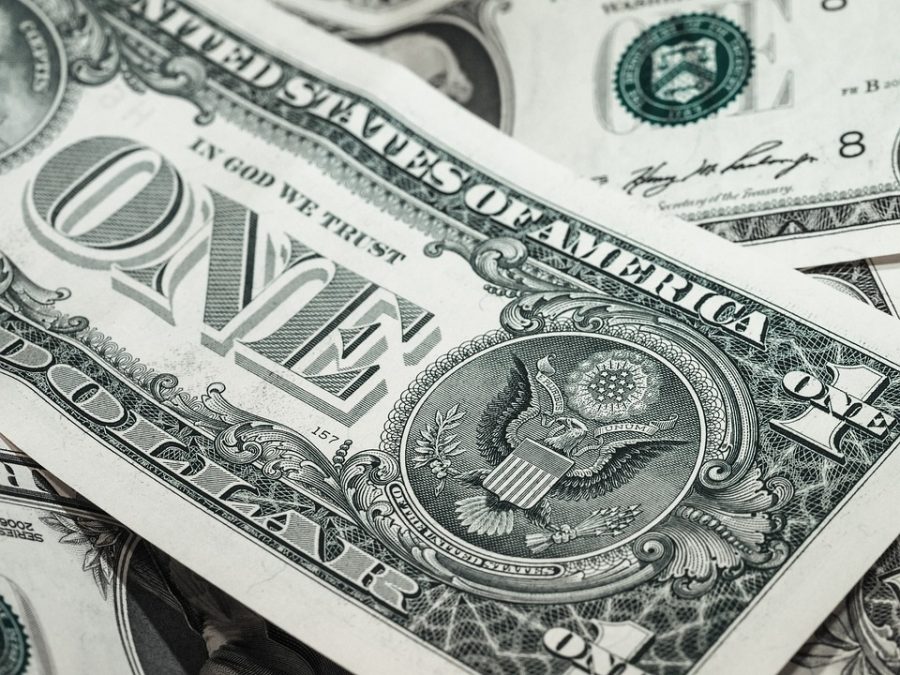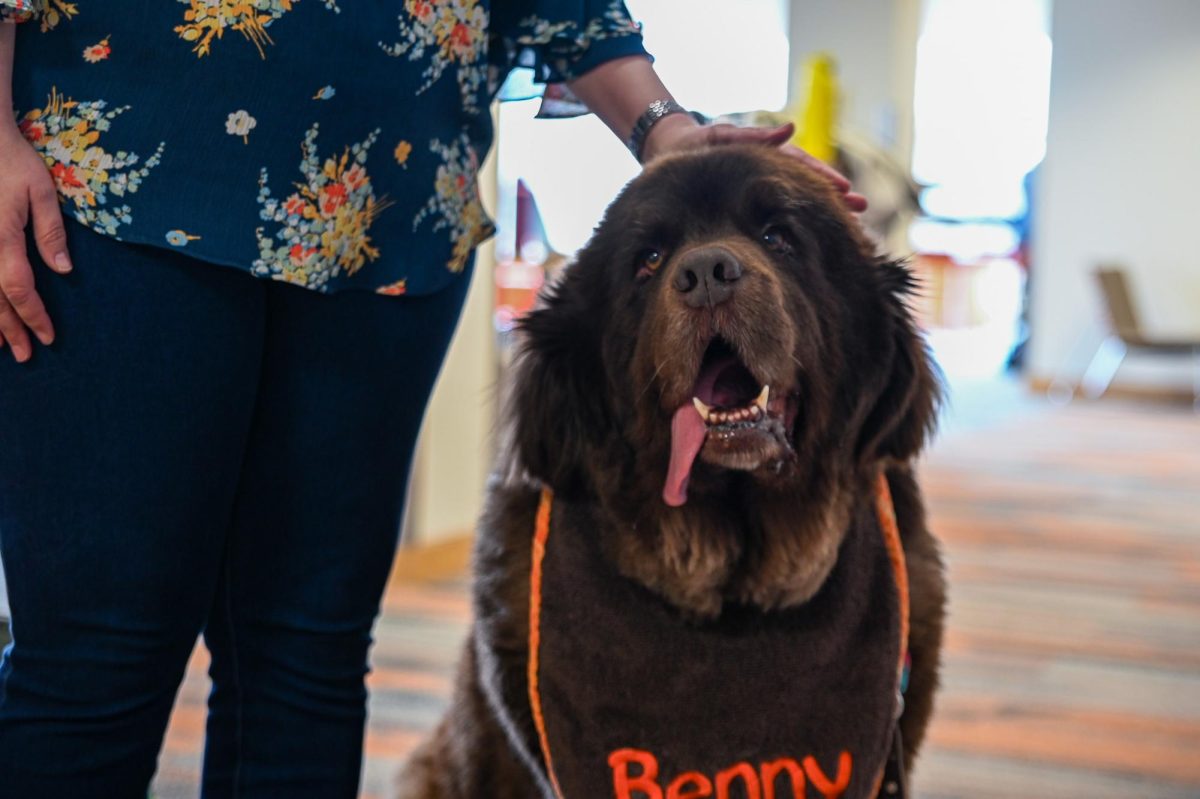As Halloween rounds the corner and festive plans fall into place, it is important to check if your methods of celebration could be doing more harm than good.
Inappropriate Halloween costumes that appear year after year call into question how a general lack of awareness persists harmful stereotypes that harm minorities and damage reputations.
In 2018, an incident with BGSU’s own Pi Kappa Alpha fraternity called attention to racist costumes when members dressed to imitate Latino gangsters. Despite efforts to use the example as an opportunity to offer reeducation, BGSU’s response did little to prevent future examples.
To enjoy a fun, safe, and inclusive holiday, follow these guidelines to master the Do’s and Don’ts of Halloween costumes.
Choosing your costume
If your costume is a gross stereotype, don’t do it.
Do have fun with the parts of your character that make them iconic. Take creative liberties with the fashion, accessories and props.
Don’t play into stereotypes. If you construct a costume solely to mock a minority, there is an issue.
Do dress like your favorite celebrity because you enjoy their work, but don’t portray a celebrity to imitate their race or culture.
Altering physical features
Several methods of portraying someone of a race other than your own are never acceptable. Once you have selected your character, take note if this character is a different race.
Do change your appearance to match parts of your character if these features are fictitious, and not related to race.
Don’t ever change skin tone, facial features or hair textures to imitate another race.
Do green skin, horns, or warts, but don’t alter eye shape or wear dreadlocks or afros.
Cultural representation
Cultural appropriation can be defined as taking and using elements of a non-dominant culture in a way that disrespect and diminishes the culture. Though the distinction between cultural appropriation and appreciation can seem blurred, the bottom line is that an effort to appreciate will never contribute to persisting stereotypes.
Do learn about different cultures in a larger context. People have suffered for being proud of their culture. Does being appreciative require wearing the clothing on yourself?
Don’t attempt to represent a culture that is not your own with a Halloween costume. This includes imitating stereotyped accents and behaviors.
Do avoid cultural discourse on a holiday built for casual, fun costumes. Don’t risk insensitivity and harm by using someone’s culture as your Halloween costume.
Social commentary
Beyond racial ignorance, some popular costumes that aim to be comedic earn laughs for mocking disabilities, homelessness and many other sensitive topics.
Do comment on issues that are relevant to you. Keep it light and risk-free.
Don’t imitate traits of marginalized groups for comedy.
Do be funny and creative. Don’t use wheelchairs, mobility aids or slurred speech to execute a cheap, harmful joke.
The bottom line is that holidays like Halloween are meant to be a time for everyone to enjoy themselves.
Would you be comfortable wearing your costume for employers, family, and professors to see? If not, reconsider that a hurtful costume isn’t worth the trouble.
If you are interested in engaging in a safe space to discuss similar topics, the Multicultural Office hosts “Hot Topic” discussions every other week from 5:30 to 6:30 p.m. in room 427 of the Bowen-Thompson Student Union. They provide an excellent basis for the information contained in this article.








